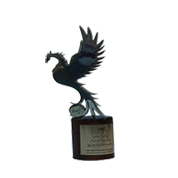
National selection of top producer of
poison and fertilizer
in Iran
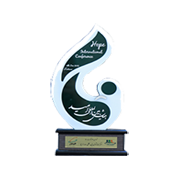
Omid International Conference
International Conferences Center
In Tehran

Omid Second International Conference
International Conferences Center
In Iran

Omid Third International Conference
International Conferences Center
In Iran

Omid Fourth International Exhibition
International Conferences Center
In Tehran
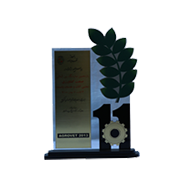
11th International Agricultural Industry
Exhibition
Machinery and related services

Second Specialized Agricultural Exhibition
The permanent location of
the Bustan fairs
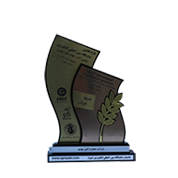
11th International Agricultural Fair
Premier Booth
In Iran

Sixth specialized exhibition
Tehran Agricultural Agencies
In Iran
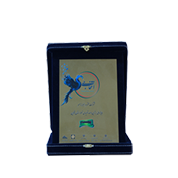
National Award for Top
Manufacturing Unit
In Iran-gazvin

First place
Safir Cup Tournament
In Winter

Top Team
Ramezan Cup Tournament
TehraniMoghadam
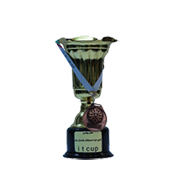
Third place
Safir First Futsal Cup Tournament
itcup

Different exposure methods to neonicotinoids influenced biochemical characte
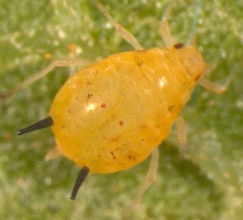
We measured lipid, carbohydrate and protein content in three strains of cotton aphid, Aphis gossypii (Hemiptera: Aphididae) from very resistant to neonicotinoids up to semi sensitive and sensitive strains in different exposure method of spraying to neonicotinoids. We observed changes in energy source rates at which each substrate was metabolised under starvation, selection and residue stress method spraying that assist in metabolisation of their biochemical parameters. These particular exposure methods influenced some of biochemical parameters in cotton aphid. Results indicated that Sugar, glycogen, total protein and lipid in aphids have significant changes. Studies showed that among three strains called Ag-R, Ag-M and Ag-D which have different susceptibilities to neonicotinoids, strain Ag-R was the most tolerated aphids in counter of imidacloprid and thiametoxam, strain Ag-D was somewhat more tolerated to these insecticides and strain Ag-M was the most sensitive strain which has the resistance factor of nearly 890 in starvation method and was different depending on the method of exposure. Among energy sources, the total lipid in susceptible strain were decreasing more than resistant strain, whereas total proteins were increasing in resistant strain compared with sensitive strain. Total Glycogen was affected significantly in the stress condition which caused an increase and was the most resistant strain.
Introduction The Cotton Aphid, Aphis gossypii Glover (Hemiptera: Aphididae) is one of the main pests of cotton and summer crops throughout the world causing significant problems due to sucking phloem sap and honeydew contamination directly and also virus transmission damage indirectly (Blackman and Eastop 1994). Among 4000 worldwide aphid species, very different feeding behaviours can be observed, from strictly monophagous to the species able to switch from one to plenty of host plants (Blackman and Eastop 1994). This capability to use a so large range of food sources has to be closely linked to high potential adaptation systems to cope with various defence mechanisms in host plants (Berenbaum and Zangerl 1999). The biochemical characteristic was involved as well as enzymatic activity in the metabolisation by several herbivores of a broad range of secondary metabolites (SM) from the host plant (Cohen et al. 1992). So, the kind of plants that change the aphid’s biochemical parameters reveals that aphids imposed selection favouring increase or reduction on the energy sources concentration or density. Imidacloprid and thiametoxam, like all of other neonicotinoids act, affect agonistically the insect nicotinic acetylcholine receptors. This was caused by blocking nerve transmission at cholinergic synapses, thus causing a reduced breakdown of imidacloprid and thiametoxam in nervous tissue and reduced ability to recover) Nauen et al. 1998). Energy availability can limit the ability of organisms to survive under stressful conditions (Marron et al. 2003). In cotton aphid, laboratory experiments have revealed that energy storage patterns differ between populations separated with insecticide spraying with different method like selection, starvation and residue methods compared with population which is not exposed to insecticides, because aphids may use different sources of energy when exposed to insecticide stresses. Energy metabolism may also play a critical role in stress resistance. Reductions in metabolic rate will increase the amount of time aphids can survive and lose energy sources in exposure to neonicitinoids in stressful conditions. An important link from these studies is knowledge of which energetic substrates are actually consumed when aphids exposed to insecticide stresses. Measuring the rates of disappearance of energetic substrates (lipids, carbohydrates and proteins) to test the hypothesis that aphids with different neonicotinoid exposure method will contain greater levels of metabolic reserves, particularly carbohydrates, will help us to manage spraying method for controlling cotton aphids. The objective of the present work was to investigate the effect of bioassay method of spraying on tolerance of A. gossypii using a range of biochemical assays.